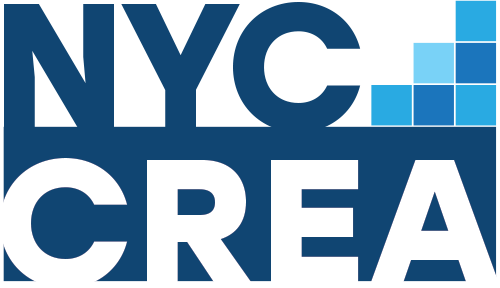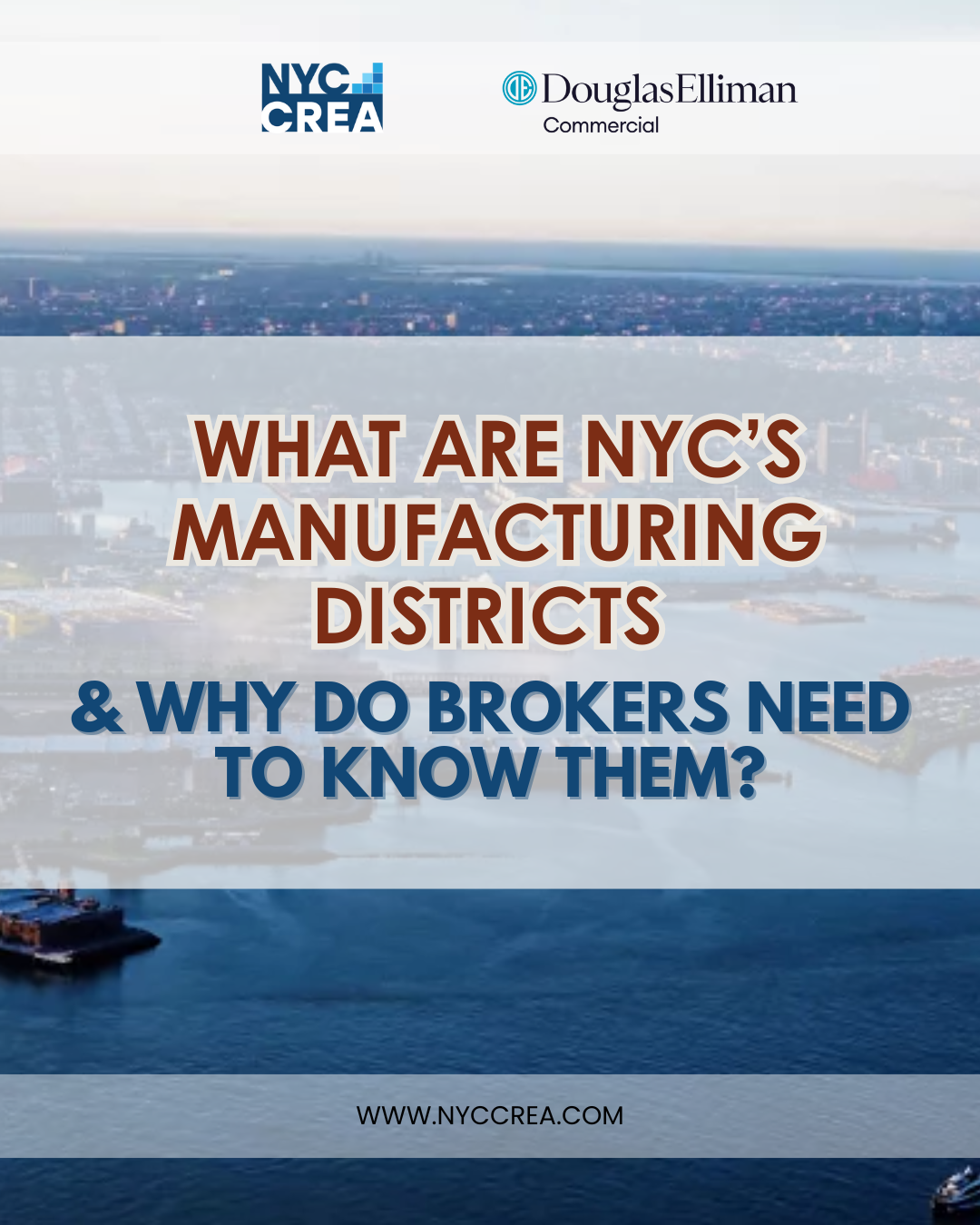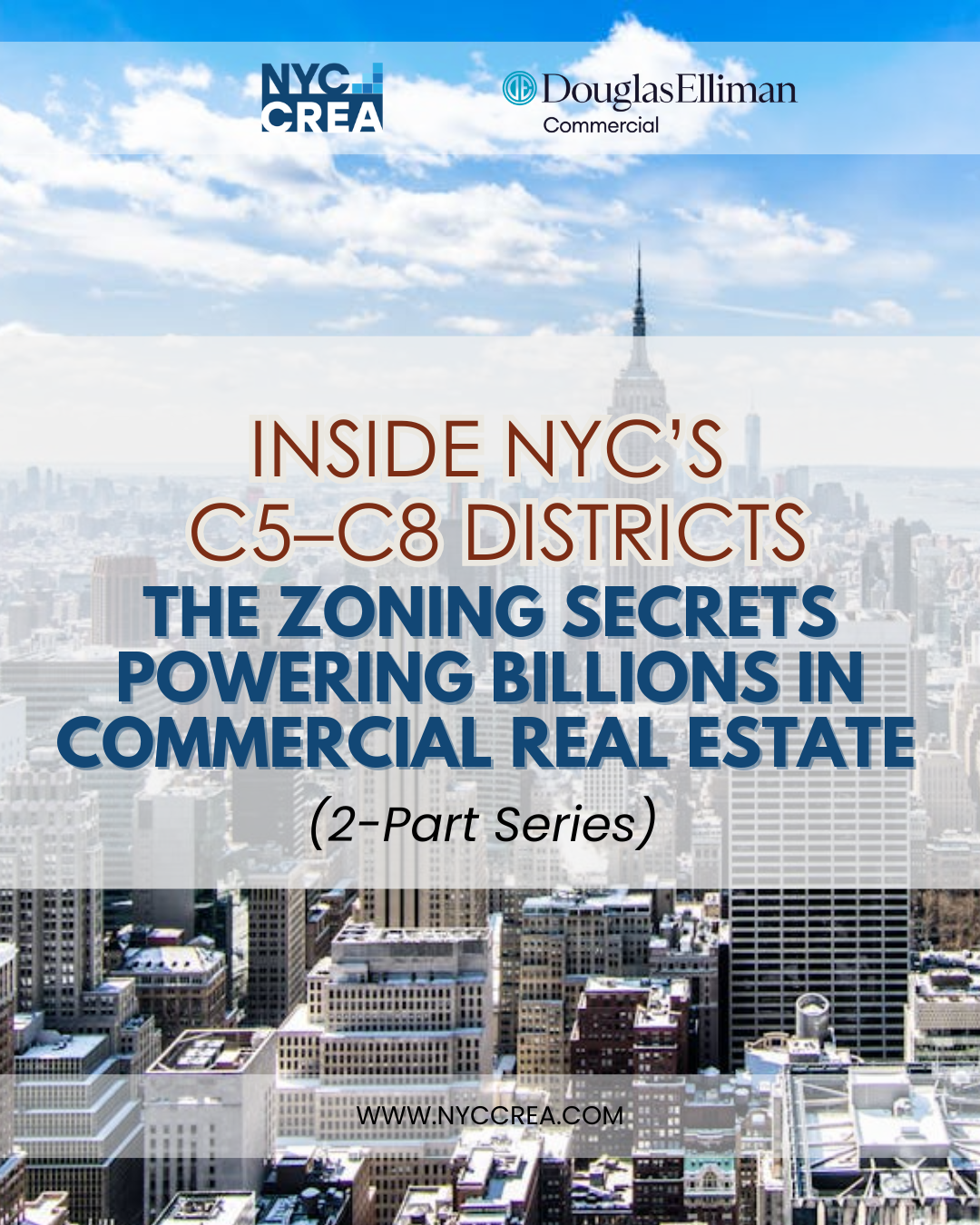The U.S. lodging market in mid-2024 exhibits a landscape shaped by recent economic shifts and a transformative global pandemic, leading to both opportunities and challenges within the industry. As hybrid work patterns solidify, leisure travel has taken center stage, fueling demand for hotels—though this sector is beginning to show signs of softening. The recovery continues at an uneven pace across markets, as the industry navigates increasing operational costs, fluctuating interest rates, and constrained investment. Cushman & Wakefield’s mid-year 2024 report highlights how major metropolitan areas have fared, spotlighting emerging trends that are defining the year’s performance.
New York stands out among the top 25 markets for its exceptional RevPAR (Revenue Per Available Room) growth, outpacing all others in the first half of 2024. Prohibitions on alternative lodging options have contributed to this boost, pushing hotel demand upward. In addition to New York, cities like Boston, Washington D.C., Seattle, and Los Angeles have shown similar patterns of resilience. The rise in group meetings and conventions has driven further momentum in select markets. Yet, the lodging sector faces significant headwinds, from heightened interest rates impacting construction to evolving travel preferences.

NYC Hotels Return to Pre-Pandemic Levels
The U.S. lodging market in 2024 has benefited from several positive influences, despite a complex economic backdrop. The most prominent driver has been the surge in Average Daily Rate (ADR), which has outpaced inflation and contributed significantly to the improved RevPAR metrics in many markets. New York’s remarkable performance—leading the nation with the highest RevPAR growth—is partially attributed to restrictions on alternative accommodations, such as short-term rentals, which have pushed more travelers towards traditional hotel options. This trend is not isolated; cities like Boston, Washington D.C., and Los Angeles have also benefited from similar restrictions, leading to increased demand for conventional lodging.
New York City’s hotel market has continued its positive performance, particularly in Manhattan, where Q2 occupancy rates averaged 87.2%, based on a report of multinational professional services firm PwC. This marks a return to pre-pandemic stability, with notable increases in key metrics. ADR for Q2 2024 rose to $336.84, contributing to a 6.8% year-over-year increase in RevPAR, reaching $293.62 from $274.89 in Q2 2023. Luxury hotels led the growth with an 8.3% RevPAR increase, driven by a rise in both occupancy and ADR.
Moreover, major events have played a crucial role in boosting occupancy and ADR. Las Vegas, for instance, saw significant gains due to the 2024 Big Game and a strong turnout for conventions, underscoring the return of group events as a key market segment.
Also, the mid-2024 hotel market saw a 5.5% increase in rooms under construction compared to 2023, signaling a renewed interest in expanding capacity despite financial constraints. The total pipeline includes nearly 758,159 new rooms, reflecting an anticipated 13.4% increase in supply. However, industry leaders are cautiously optimistic, as ADR improvements continue to drive revenue, even though they have not yet fully matched post-pandemic expectations.

Decline in Occupancy, Slow International Travel
Despite positive strides, several challenges persist in the U.S. lodging market as of mid-2024. One of the most significant hurdles is the decline in occupancy rates, driven by a combination of increased supply and softer leisure travel. Occupancy has modestly fallen as demand growth lags behind the influx of new hotel rooms. As of mid-2024, the market saw a 15% decrease in hotel transaction volume compared to the same period in 2023, indicating investor caution. Rising construction costs, high interest rates, and tightened financing conditions continue to limit the feasibility of new projects, leading to delays and the reevaluation of existing development plans.
Another challenge is the slow recovery of international travel, which continues to impact occupancy. According to the U.S. Travel Association, inbound international visitor numbers are not expected to fully recover until 2025, with spending levels—when adjusted for inflation—not returning to pre-pandemic levels until 2026. In addition, the strength of the U.S. dollar, prolonged visa processing times, and reduced air travel routes have hindered a more robust rebound. This sluggish international recovery, coupled with a tapering off of leisure travel growth, presents obstacles for maintaining occupancy and ADR gains, particularly in markets heavily reliant on international tourists.

Promising Outlook
While the top 25 U.S. markets are generally experiencing RevPAR improvements driven by ADR, the recovery remains fragmented. New York’s standout performance highlights how strategic factors, like prohibiting alternative lodging, can directly influence traditional hotel metrics. Meanwhile, group and convention travel—emerging as a replacement for individual business travel—has bolstered some urban markets, particularly those hosting marquee events. Yet, the national picture reflects a cautious optimism as the industry balances revenue gains with persistent financial and operational constraints.
As the year progresses, the outlook for the lodging sector hinges on multiple factors, including interest rate trends, construction costs, and the evolution of travel preferences. Markets are expected to continue adapting, with investors carefully evaluating opportunities amidst potential economic headwinds. Despite challenges, a moderate yet steady recovery appears likely, with industry stakeholders poised to capitalize on shifts in demand while managing the pressures of an evolving economic landscape. The second half of 2024 promises to bring greater clarity to investment and development activity, setting the stage for what could be a pivotal period of adjustment and growth in the U.S. lodging market.







